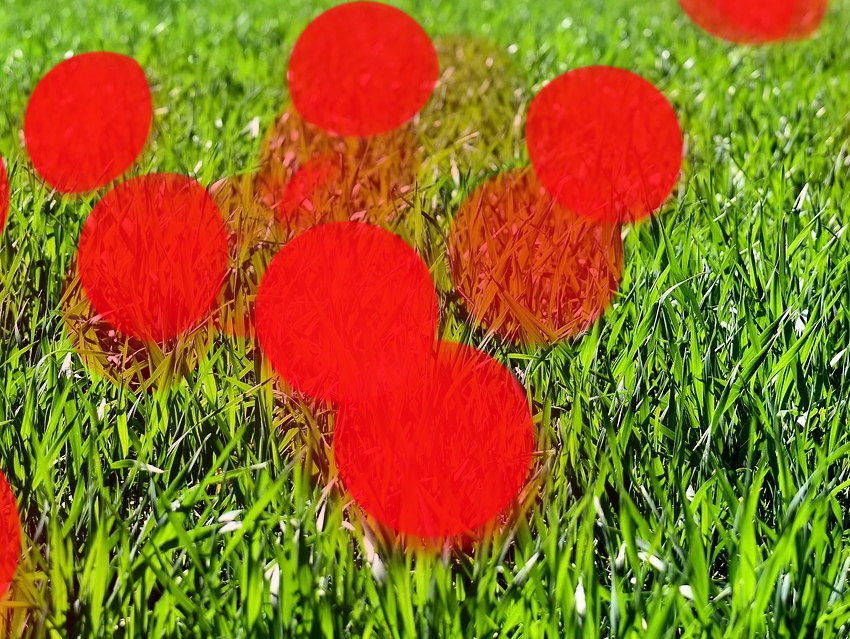Andreas Korn-Müller, freelance chemist, entertainer, and author, Dresden, Germany, describes how to easily isolate chlorophyll from grass with students, make it fluoresce using a smartphone flashlight, and “extinguish” the fluorescence with water. He also provides explanations and further ideas for teachers.
About a handful of fresh grass is cut into small snippets and extracted using ethanol (96 vol%) or methylated spirits. After about 30 min, a green chlorophyll solution can be filtered off. In a sealed container and protected from light, it will keep for months; in light, it will gradually fade.
If the prepared solution is placed in a test tube and illuminated from below in a dark room with the LED lamp of a cell phone, no fluorescence can be seen; the chlorophyll solution appears green. However, if the solution is illuminated from the side, red fluorescence can be observed.
The fluorescent light radiates uniformly in all directions. If the solution is illuminated horizontally, almost no light from the lamp enters the eye of the observer, and the fluorescent light propagating in all directions can be seen on the surface of the solution. If the solution is illuminated from below, the observer faces the light. The red fluorescent light still enters the eye, but it is outshone by the bright light of the lamp because it is more intense.
If water is added dropwise to the red fluorescent solution, the fluorescence eventually disappears. The solution only glows in a greenish color. The water molecules absorb all the excess energy, i.e., they dissipate the energy from the first singlet state so that fluorescence cannot occur at all. Such substances are called quenchers. Finally, students can learn why a meadow does not glow red at night when exposed to light: In the cells of the blades of grass, the absorbed light energy is passed on to the photosynthetic proteins.
- Experimente: Warum Gras nicht rot leuchtet,
Andreas Korn-Müller,
Nachr. Chem. 2022, 70, 18–21.
https://doi.org/10.1002/nadc.20224123795
Also of Interest

What are Fluorescence and Phosphorescence?
Kim Dreier,
ChemistryViews 2017.
Certain substances emit light after the absorption of photons




